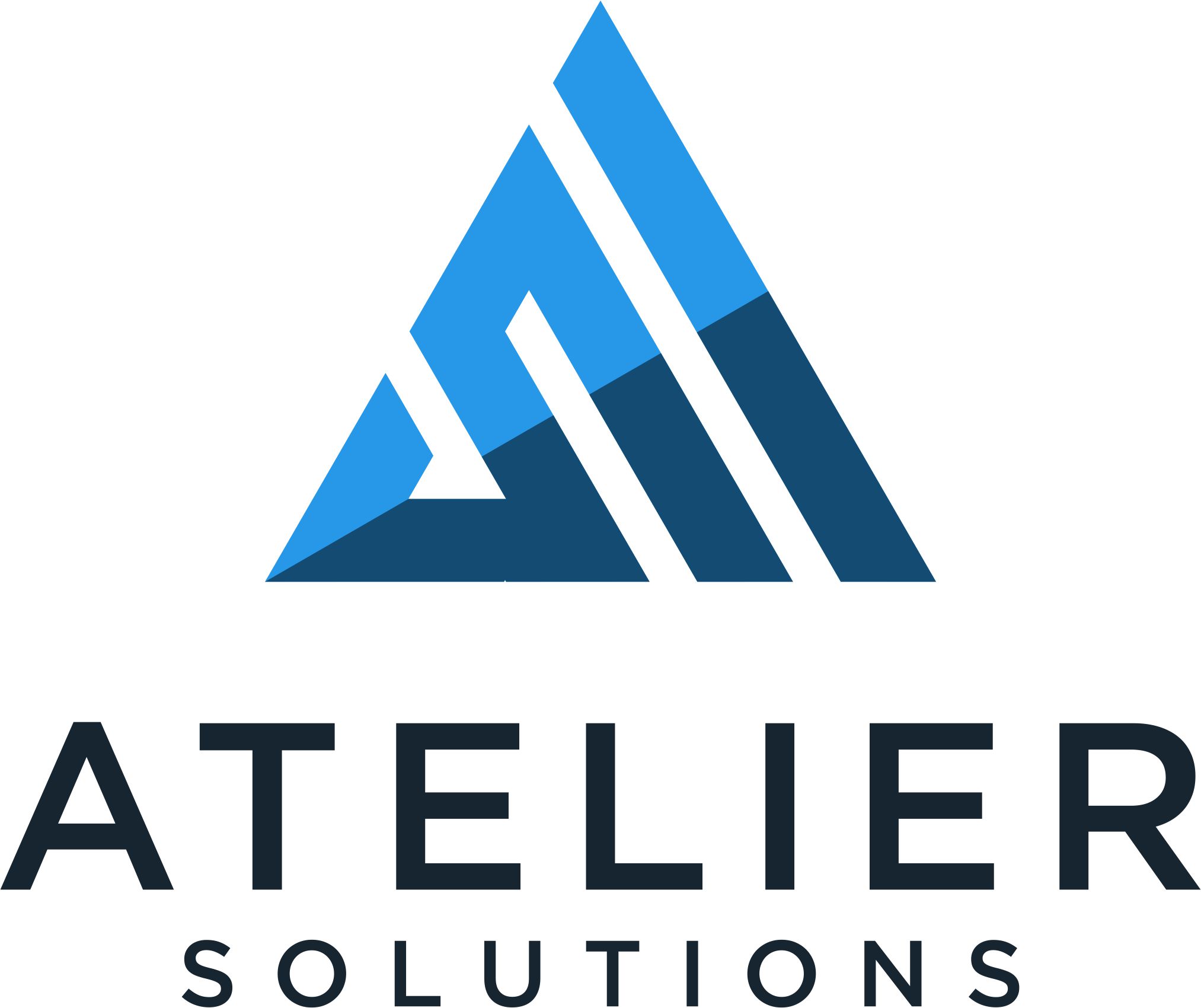This post is for the VCs and the startup founders that are growing at a decent pace, but transitioning towards a stable company.
Takeaways:
- The changing funding ecosystem means the typical approach to exists is no longer happening.
- Startups are growing through acquisition more while staying private in the meantime.
- There are going to be challenges beyond absorbing another company’s people, customers, and products. It is the glue that binds everything together.
While the typical exits have been closed for the past few years, the question turns to how to expand? At some point, there will be a push to grow through acquisitions. However, deal-making with the larger public companies have slowed down from the US perspective due to the increased scrutiny. Additionally, the startups are staying private longer and, as they have grown quite large, now have access to capital that wouldn’t have been possible pre-pandemic.
Using Pitchbook’s data, after 2021 averaged about 3 IPOs for the entire year. Companies such as Wiz where they made a splashy push to IPO after acquiring Lacework, opted to be bought by Google. There are other startups that no longer show the hockey stick style growth trajectory of their early years. They are stable, but not something that will pop to guarantee an exit.
All of this has been covered in the press, with reasons ranging from market volatility, regulatory requirements of going public, an extended anti-trust investigation, etc. However, there is one place that shows potential: the small-mid startups that hit a valuation of $1.8b.
For a firm that specializes integrations, why do I bring this up?
These are going to be entirely strategic acquisitions.
In fact, I’m willing to bet the first couple of acquisitions will be strategic: grow your team, your customer base, or your core offering. Each has their own special quirks.
For the people, you will be on-boarding them just like any other new employee. There maybe some quirks to tweak as a part of their compensation and seniority. This is also a one-time thing done at the close of the deal (Day 0). Having a process defined, and things scripted out will help smooth the transition. Then your team can work on the harder part of integrating the culture.
For your new customers, there will be some work involved. Some of it will be data migration into your CRM and support systems. There will also be the user experience to account for as a part of the initial on-boarding, transition, and completion.
For the products, and the core parts of the business being bought, how much of it will you keep on its own? How much of it will be folded into your pre-existing offerings? How will your newly acquired customers be on-boarded?
Hopefully you’re already looking at these questions as you start looking at what you want to buy, and how the new company will fit into your strategy going forward. If not, finding out after the deal is signed may cause a lot of sleepless nights and cost a lot more to get in place then you are hoping to get out of the deal.
Lastly, as one point of consideration are the timelines that are included as a part of the negotiations for the deal. Some of it is regulatory based, but others will feed into the transition agreements that will be required to ensure a smooth migration for everyone involved. After all, humans hate change, even though it is a fact of life.
If you find yourself looking at these points and wanting to know what the next steps would look like once you buy, then this is where we can help out. Reach out on our contact page, and we will discuss your situation.

